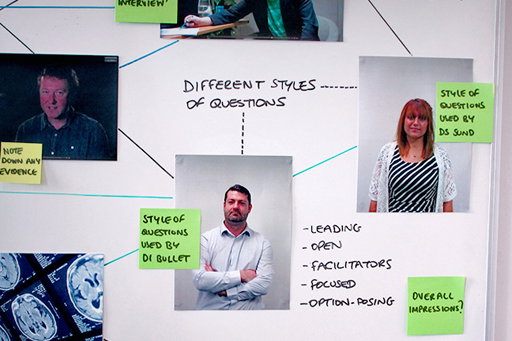3.2 DS Sund’s evidence

The evaluation exercise reveals that DS Sund used an interviewing style that began with an open question and then moved on to use predominantly focused questions, with very few option-posing questions and, importantly, no leading questions.
What were your overall impressions of the evidence she gained from the interviews? For one thing, her use of the cognitive interview meant the witnesses tended to do the vast majority of the talking, and at no point did the detective interrupt. This lead to the witnesses producing much richer descriptions of what happened. Critically, their descriptions were based on their own memories and were not the product of any post-event information introduced by the officer.
Unlike DI Bullet, who ended up with a consistent and straightforward account, the evidence gathered by DS Sund contains not only more information but more inconsistencies too. Although this may seem problematic, we should expect human memory by its very nature to be complex, for people to remember different information and even to recall additional information as an interview progresses.
Remember your evaluation of the interviews conducted by the two detectives as it may well help you solve the case.
Activity 6 DS Sund’s evidence so far
Consider and note down your thoughts on DS Sund’s evidence so far.
